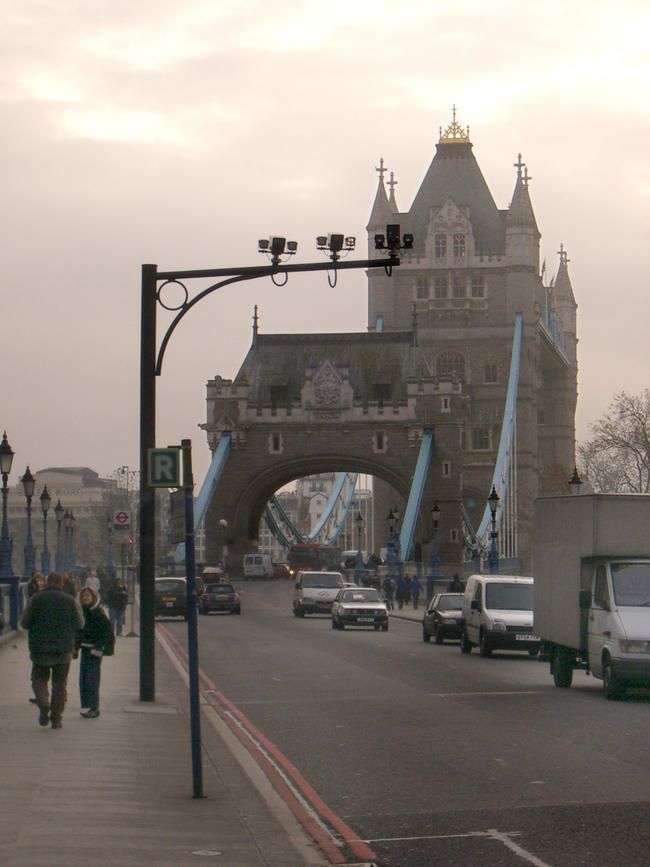City toll and mobility pricing
One step closer to less congested inner cities?
We know the city toll from places like London, Milan or Stockholm. The growing population density in cities with unchanged traffic infrastructure increases traffic pressure. Swiss cities also suffer from traffic congestion and are looking for ways to reduce noise, congestion and exhaust fumes.
Traffic specialists Jesper Engdahl (JEN) and Anne-Kathrin Bodenbender (BAK) give an insight into the topic in a short interview.
What is the difference between city toll and mobility pricing? What is their purpose?
BAK: City toll (often also called road user charging) refers to the collection of charges for the use of urban road infrastructure. The aim of such a charge is to generate revenue, reduce congestion and transfer part of the transport costs directly to the polluter according to the polluter-pays and user-pays principle. As a rule, a city toll only applies to motorists (including transport, delivery vans, etc.), while users of public transport are not affected. The main purpose of tolls is therefore to switch to public transport and reduce demand during peak hours.
Mobility Pricing is based on the polluter and user principle and means performance-related prices for products and services in the transport sector instead of indirect taxes, levies and uniform tariffs. Mobility consumers should have an incentive to behave in a cost-conscious manner. All road users pay for the use of infrastructure. In this way, the high demand during peak hours should be reduced and a shift to off-peak times achieved.
Other cities have introduced the city toll and it seems to work. What factors contribute to success or failure?

Congestion charging technology trials in 2006 in London
BAK: The introduction of a pilot phase has proved positive in various cities. In Stockholm, the successful pilot phase convinced even harsh critics of the city toll project. Broad political support and acceptance are decisive for the successful introduction of a city toll.
JEN: The observed effects of 16 city toll systems worldwide, nine of them in Europe, show a significant reduction in traffic volume. In general, this effect is sustainable and in some cases the traffic reduction during operating hours is well over 10%.
Some cities have also investigated the impact of the introduction of the urban tolling system on air pollutant emissions and on air quality in general. It shows that air pollutant concentrations have decreased in the studied cities. However, due to the diversity of factors and the prevalence of external factors, it’s not always possible to clearly identify the impact of the tolling system on the air quality.
Essential for the success of a city toll is that practical means of public transport are available and that suitable accompanying measures are implemented (improvement of public transport, cycle paths and P+R facilities, etc.) - and this largely before the start of operation of a toll system.
In many cases, the regulations need to be adapted to allow road user charges to be levied and to ensure a suitable basis for the enforcement system.
The system must be transparent and clear for the user. The user must have the appropriate information to adapt their mobility behaviour. The collected money must be used sensibly and comprehensibly.
It’s considered best practice to involve policy makers, transport modellers and system experts from the outset and continuously in the design of the system in order to ensure its social justice and acceptance by society.
Finally, strong political leadership of the toll project is essential for its success.
What is your assessment of the potential of city tolls in Swiss cities?
BAK: Switching to public transport or slow-moving traffic can only work if the service is good enough. The Swiss public transport offer is extraordinarily good, especially in the cities. The requirements for change are in place, but the capacity utilisation of trains at peak times is already very high on many routes. Measures and expansion to the bicycle infrastructure are needed to increase the number of people switching to bicycles. Shifting transport demand to other times is difficult to achieve and requires adjustments at various levels of society.
JEN: A city toll project has a much greater chance of gaining political and social acceptance if it’s included in a comprehensive transport and mobility package as a pricing and financing instrument. It’s possible that a city toll system will be introduced in Switzerland over the next ten years as part of such a package.